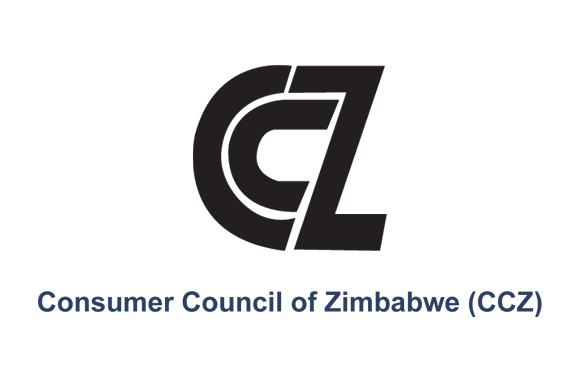
BY TATIRA ZWINOIRA
THE cost of living as measured by the Consumer Council of Zimbabwe (CCZ) for the low income urban earner grew 1,21% to $790,77 in March based on the requirements for a family of six from $781,35 in February.
“The food basket increased by $6,83 or 2,29% from $298,08 by end-February 2019 to $304,91 by end-March 2019. The price of detergents increased by $2,59 or 8,85% from $29,27 to $31,86,” CCZ said.
A different survey by CCZ conducted between March 22 and April 2 revealed that Manicaland province recorded the highest number of price increases on basic commodities with 10 out of the 17 listed basic commodities. According to the survey, price increases in the province on sugar, fresh milk, flour, rice, salt, onions, cabbage, meat, and bathing and laundry soap ranged between 10% and 31%.
The Matabeleland region saw price hikes on six basic commodities ranging between 5% and 75% on toiletries and detergents, meat, cabbage, onions, and tomatoes. Other commodities such as roller meal, cooking oil, bread, and salt remained unchanged. The remaining commodities of sugar, tea leaves, fresh milk, flour and rice recorded minimal decreases on its pricing.
Midlands recorded five price increases ranging from 2,7% to 95% on roller meal, sugar, bread, flour, and meat. Other commodities remained unchanged or unavailable.
Mashonaland region recorded mixed results with some of the commodity prices going up while others went down. For example, the region recorded only three increases on margarine, fresh milk, and flour saw increases ranging between 17% and 184%. Yet, sugar, tea leaves, bread, rice, tomatoes, onions, meat, toiletries and detergents recorded drops of between 1,66% and 44%.
In Masvingo province, there were price increases on three items, namely, margarine, sugar, and bread while the rest remained unchanged.
- Chamisa under fire over US$120K donation
- Mavhunga puts DeMbare into Chibuku quarterfinals
- Pension funds bet on Cabora Bassa oilfields
- Councils defy govt fire tender directive
Keep Reading
In a post-Cabinet meeting briefing on Tuesday in Harare, Information minister Monica Mutsvangwa said retailers were pegging prices on foreign currency rates.
“A lot of our industry suppliers of goods and services in the country are raising prices because of the exchange rate which is on the market which is not the right way to do it and, as I said, the correct approach is to predicate prices on inflation trends.”
The official exchange rate is at ZWR$3,1:US$1 while on the parallel market it is in region of ZWR$4:US$1.
“I think that is a misplaced judgment (by government) because if you look at most of these guys they are importing their raw materials. I think the imported inputs into production in Zimbabwe is as high as 70%, so the exchange rate by default becomes a major determinant of their pricing model because they need to be able to go back on the market and be able to get the hard currency to get imports,” economist Kipson Gundani said.
“We cannot discount the effects of the exchange rate system in the Zimbabwean pricing models because we are an import dependent country. But, if local content was high in our production processes, then you could argue that way (of pricing according to inflation trends rather than the forex rate).”











